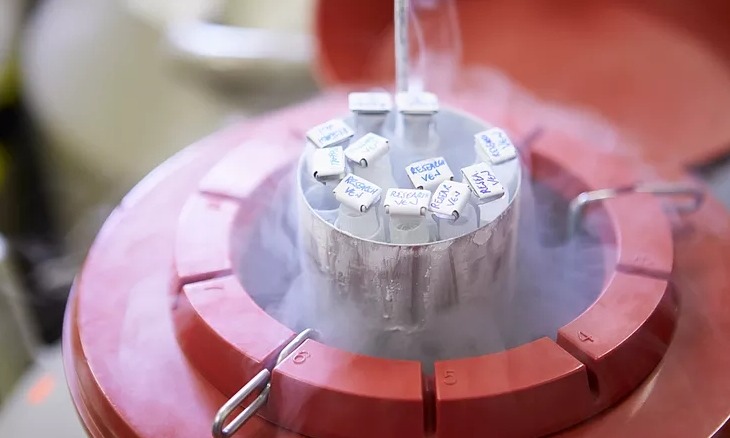Egg Freezing
Nowadays, the technology involved with human egg, sperm, and embryo cryopreservation has been developed to lead the ability to freeze (cryopreserve) and store for a long period of time and to establish more alternatives of fertility treatment. The modern freezing techniques cause no damage to frozen gamete cells or embryos. There is almost no difference of pregnancy rates between using frozen cells and fresh cells. At present, vitrification requires a high concentration of cryoprotectant and liquid nitrogen to rapidly cool down and protect cells from ice crystal formation. This technique does not need costly equipment while it takes a short time about 30 minutes per case.
Egg freezing is a method to preserve woman’s reproductive cells by extracting eggs from ovaries then freezing with vitrification technique that does not harm the eggs. It allows a woman to keep her eggs for several years and use them whenever needed. This process is more common and getting more popularity.
Previously, egg freezing was used in a patient with high egg count regarding ovarian stimulation of IVF or in case of freezing donated eggs. However, the vitrification technique has been recently developed and improved. As a result, success rate after egg thawing in terms of fertilization and pregnancy is higher and not different from the use of eggs without freezing. Making the demand of egg freezing rises accordingly.
Egg freezing is a solution for those women who are not ready to conceive as of medical issues or family planning. When women get older, the chance of pregnancy and egg quality decrease. Leading the higher risks of miscarriage and chromosome abnormality to the fetus.
So, egg freezing at a suitable age is a way to stop aging of eggs or egg degeneration in order to increase the chance of future pregnancy.

